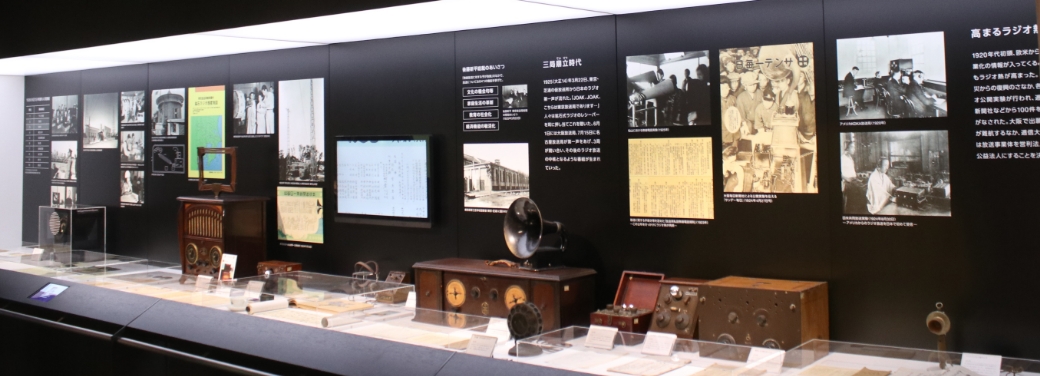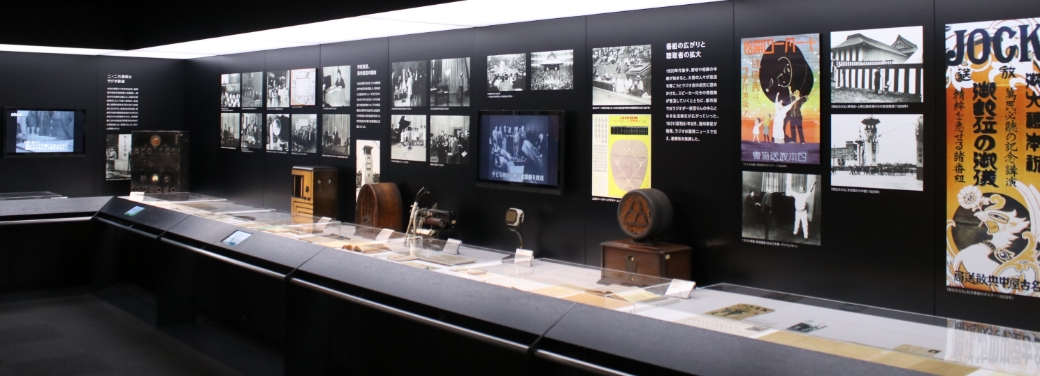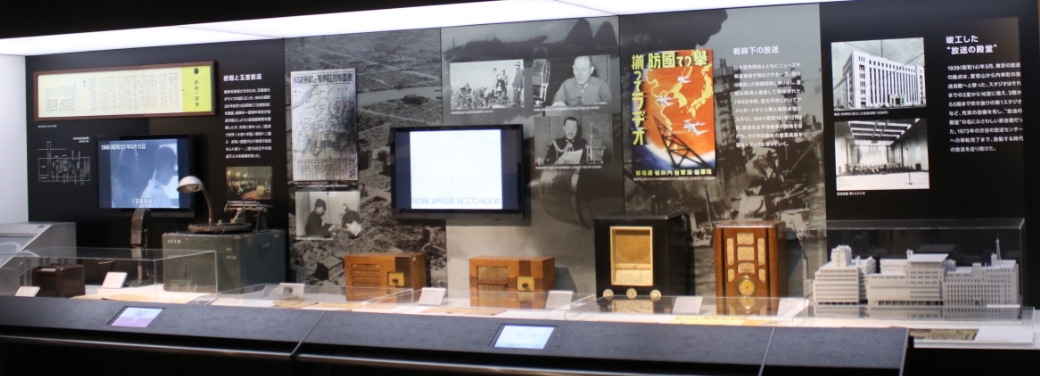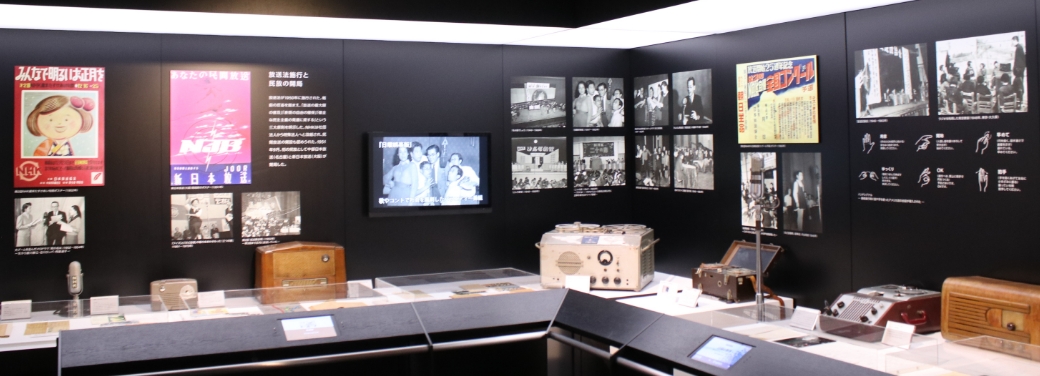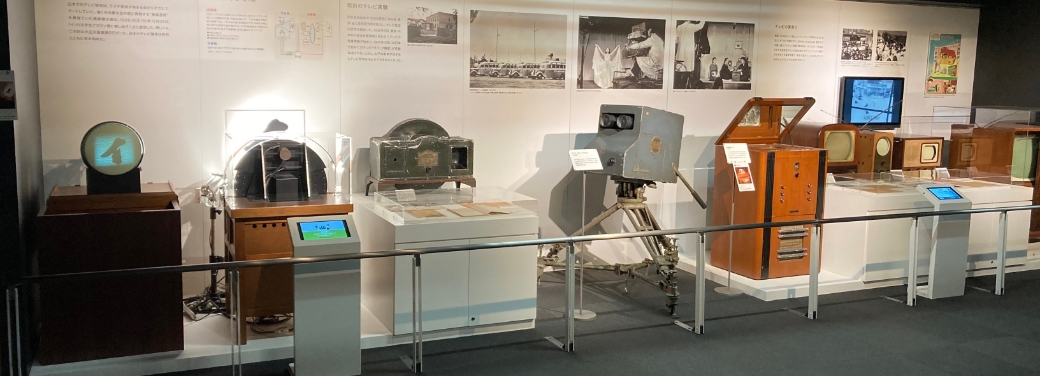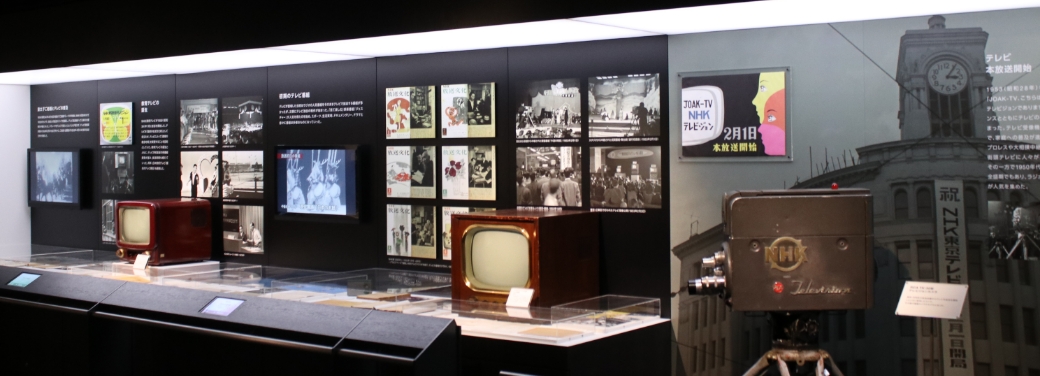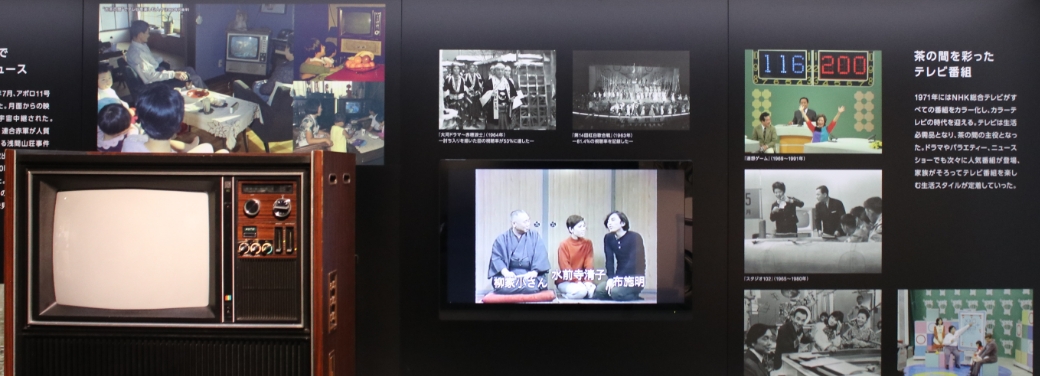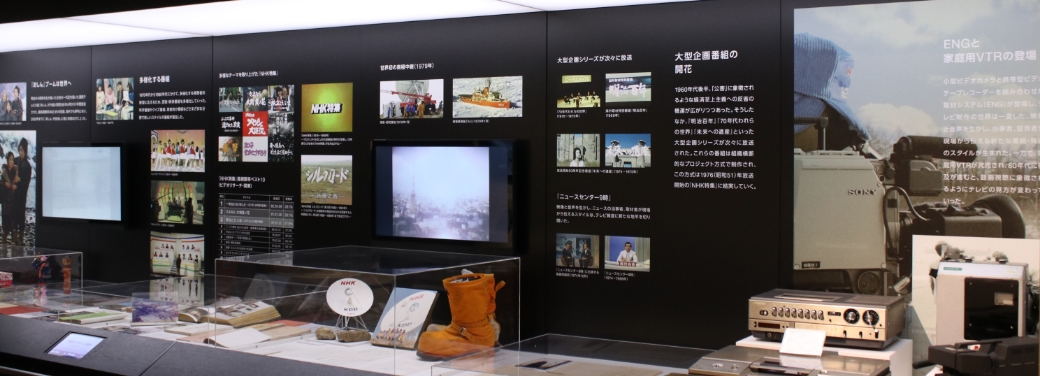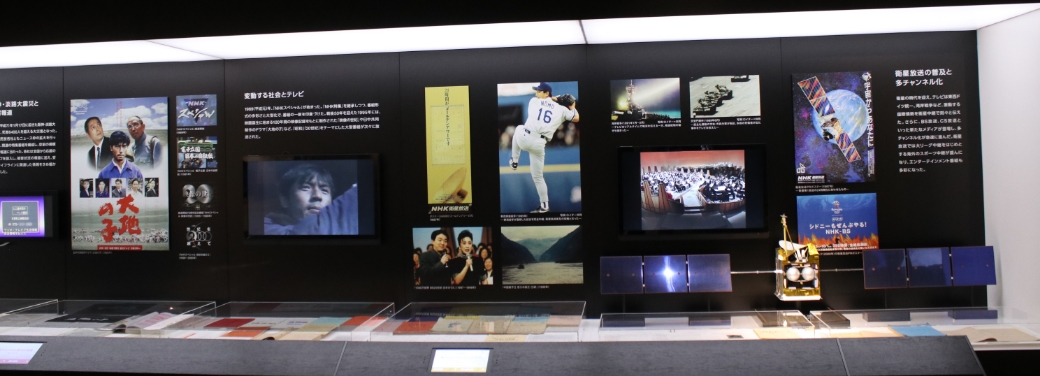Third Floor
You can experience the latest 8K Super Hi-Vision, announcers and virtual images.
You can also experience the history and technology of broadcasting through four themes: “Drama”, “Olympics”, “Music”, and “Children’s Program”.
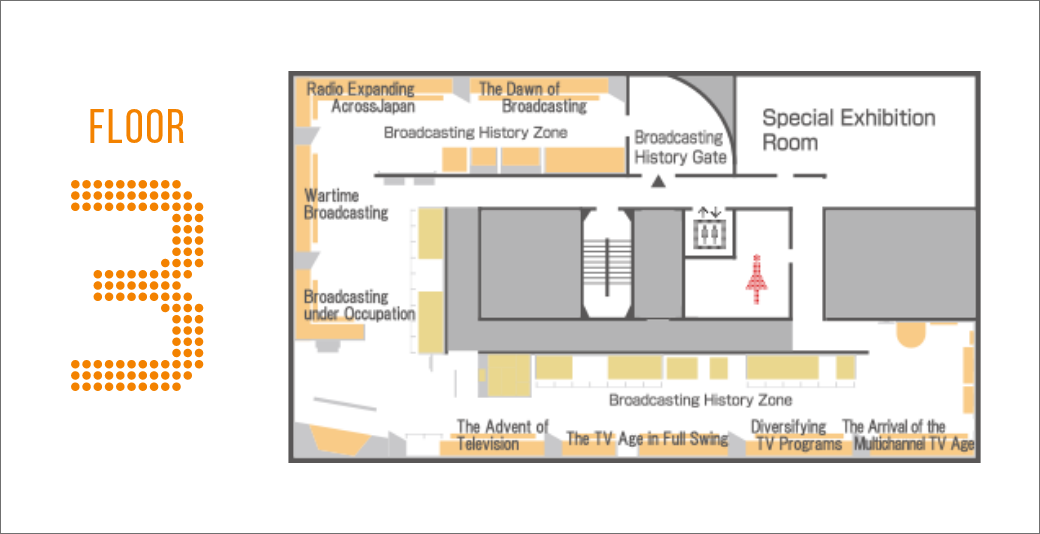
The Dawn of Broadcasting (1920–)
Fllowing the pilot broadcasts, Japan’s first radio broadcast was aired from Atagoyama in 1925. This section chronicles the early history of broadcasting.
-
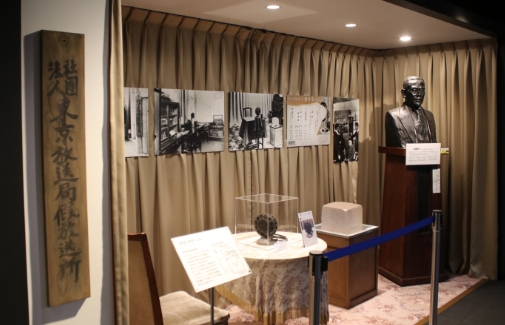
caption
-
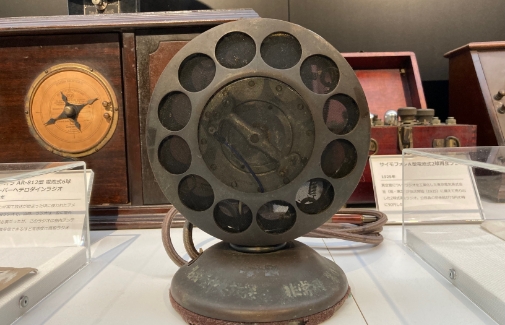
caption
Radio Expanding Across Japan (1926–)
The early 1920s saw a dynamic development of radio services as business, which started in the United States and spread across the globe. Meanwhile, Japan was steadily recovering from the Great Kanto Earthquake, and, amid heightened expectations for the introduction of broadcasting, Japan’s first radio broadcast went on air on March 22, 1925. This amazing new medium that inspired people’s auditory sense and imagination with its invisible waves dramatically changed the way families spend time together at home as well as the way information is transmitted.
-
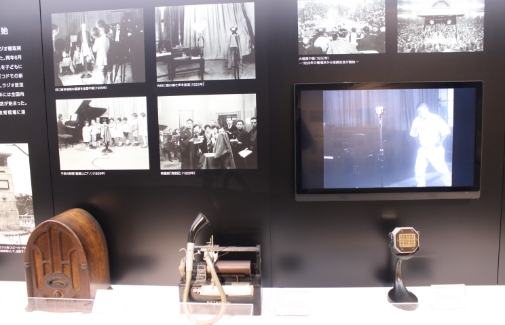
caption
-
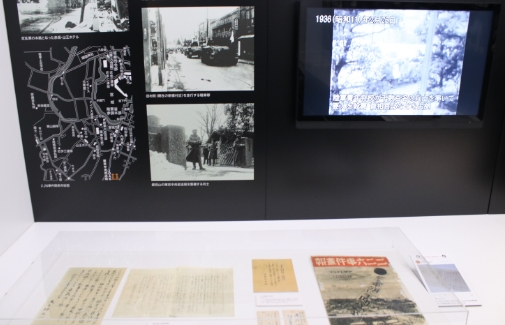
caption
Wartime Broadcasting (1937–)
In 1937, a skirmish between the Japanese and Chinese troops on the outskirts of Beijing developed into the Second Sino-Japanese War. With the whole nation put on war footing, the number of radio contracts continued to increase and exceeded 5 million in 1940. Control over broadcasting was tightened, and, during the Pacific War, the government used radio as a propaganda medium to instill the national policy into the public and trumpet its cause to the world. It was also radio that informed the public of the end of war by the emperor’s “jewel voice broadcast” on August 15, 1945.
-
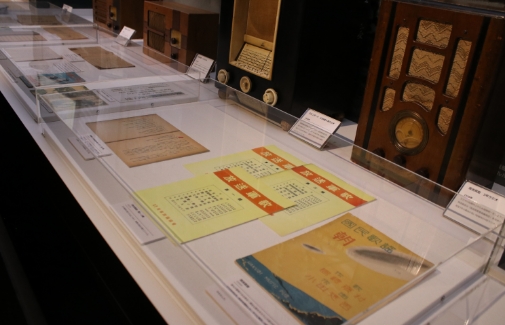
caption
-
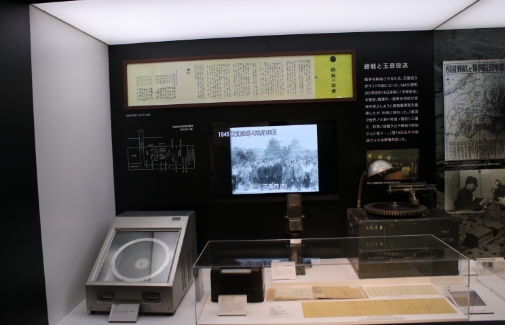
caption
Broadcasting under Occupation (1945–)
General Headquarters of Allied Powers valued the role of radio in democratizing Japan. While exercising censorship, GHQ provided meticulous guidance on programming, which led to the creation of new radio programs such as Gaito rokuon (Street Recordings) and Nodo jiman (Amateur Singing Content). With the enactment of the Broadcast Law in 1950, Nippon Hoso Kyokai (by then known as NHK) was reborn as a special public corporation, or as a public service broadcaster, and Japan’s first commercial broadcasters were established in September 1951 in Osaka and Nagoya.
-
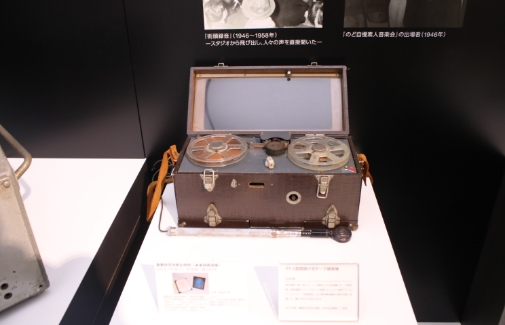
caption
-
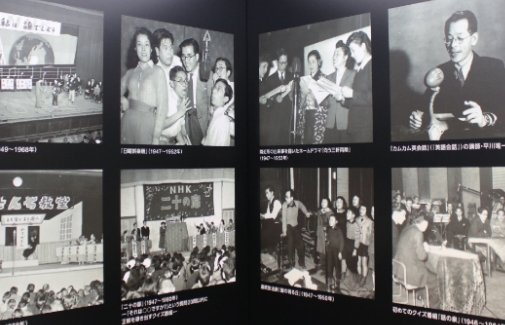
caption
The Experimental Age of Television
An introduction to television research from 1926, when Kenjiro Takayanagi succeeded in his first television transmission experiment, to the start of television broadcasting in 1953.
-
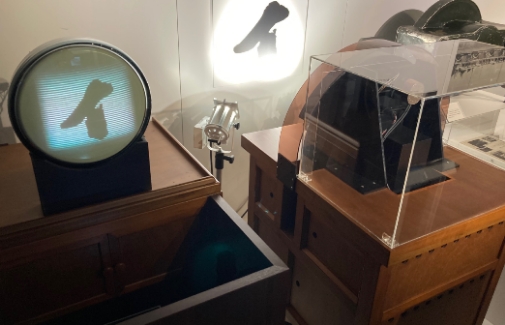
caption
-
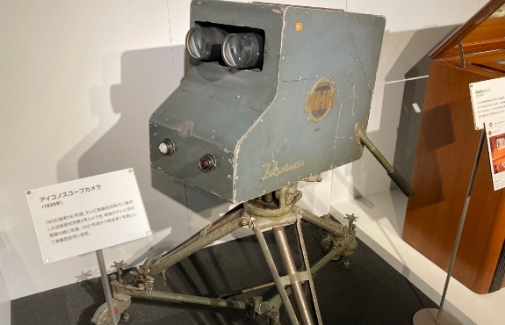
caption
The Advent of Television (1953–)
In 1953, NHK started TV broadcasting in Tokyo, and Japan’s first commercial TV station, Nippon Television Network Corp, was established. People flocked to “street television” to watch live broadcasts of pro-wrestling and sumo tournaments. In 1959, 15 million people viewed the live coverage of the Crown Prince’s wedding, which virtually marked the beginning of the TV age. NHK expanded its broadcasting network, and more commercial stations were launched. Television rapidly spread and became the center of family gathering.
-
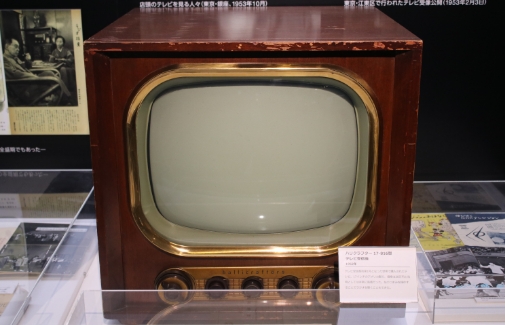
caption
-
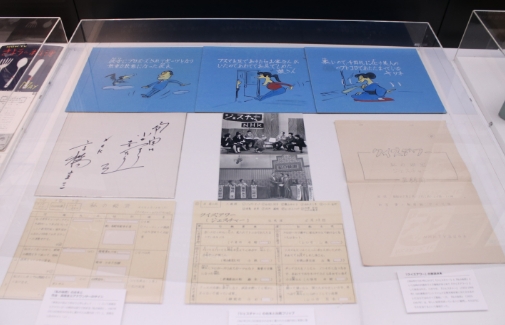
caption
The TV Age in Full Swing (1964–)
In the 1960s, continued economic growth improved the living standards of the Japanese, which was symbolized by “the three Cs,” or car, cooler (air conditioner), and color TV. The number of TV reception contracts exceeded 20 million in 1967 to celebrate the full-fledged “Age of Television.” Telecasts of the 1964 Tokyo Olympic Games and the 1970 Japan World Exposition in Osaka excited the nation. In 1971, NHK General TV became full-color to further enrich the quality of TV culture.
-
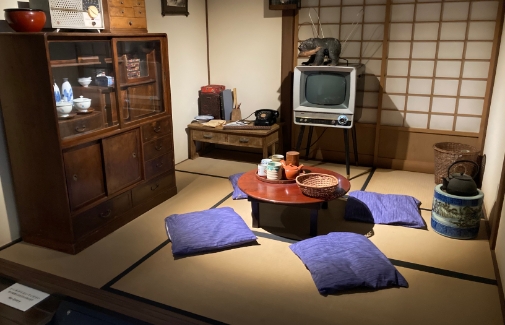
caption
-
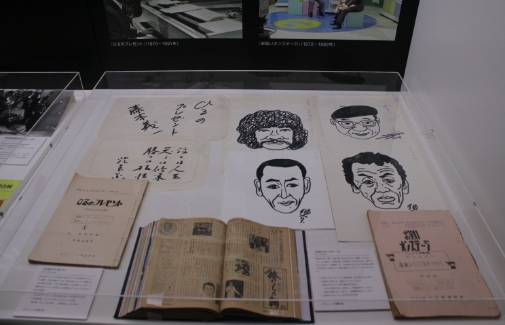
caption
Diversifying TV Programs (1974–)
Japan’s economic growth continued for almost 20 years and finally came to an end in the 1970s. Boasting over 90% penetration rate, television became a fixture of everyday life, and a wide variety of programs were produced to respond to the needs of viewers. NHK Tokushu (later NHK Special) documentary series was launched and its international co-production series The Silk Road attracted a large number of viewers. In 1983, a morning drama serial Oshin marked a record high rating in TV drama history.
-
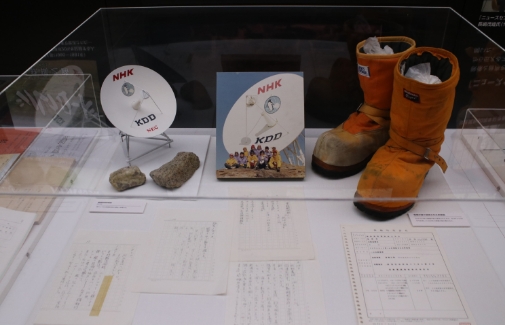
caption
-
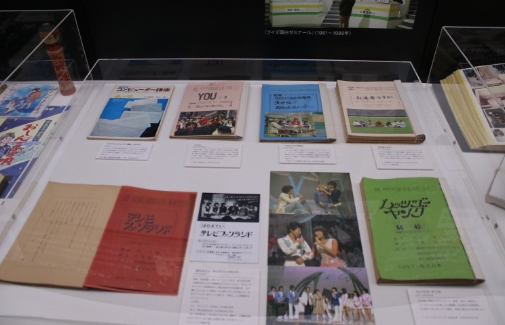
caption
The Arrival of the Multichannel TV Age (1989–)
In 1989, with the death of Emperor Showa, Japan moved into the Heisei era, which coincided with the beginning of turbulent years both at home and abroad. Television reported the fall of the Berlin Wall, the Gulf War, and other world-changing events in real time while full-scale satellite broadcasts launched in 1989 made it possible to air various programs including live coverage of Major League Baseball. In 1995, 50 years after the end of WWII, the Great Hanshin-Awaji Earthquake and the Tokyo subway sarin attack shook the nation, which were starkly reported on television.
-
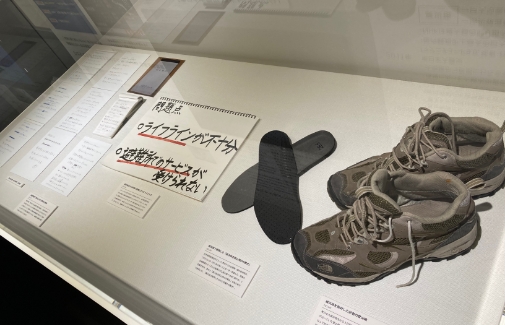
caption
-
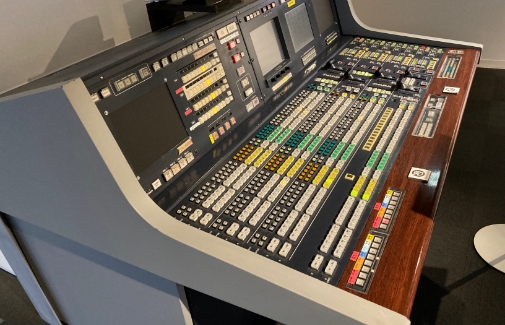
caption
